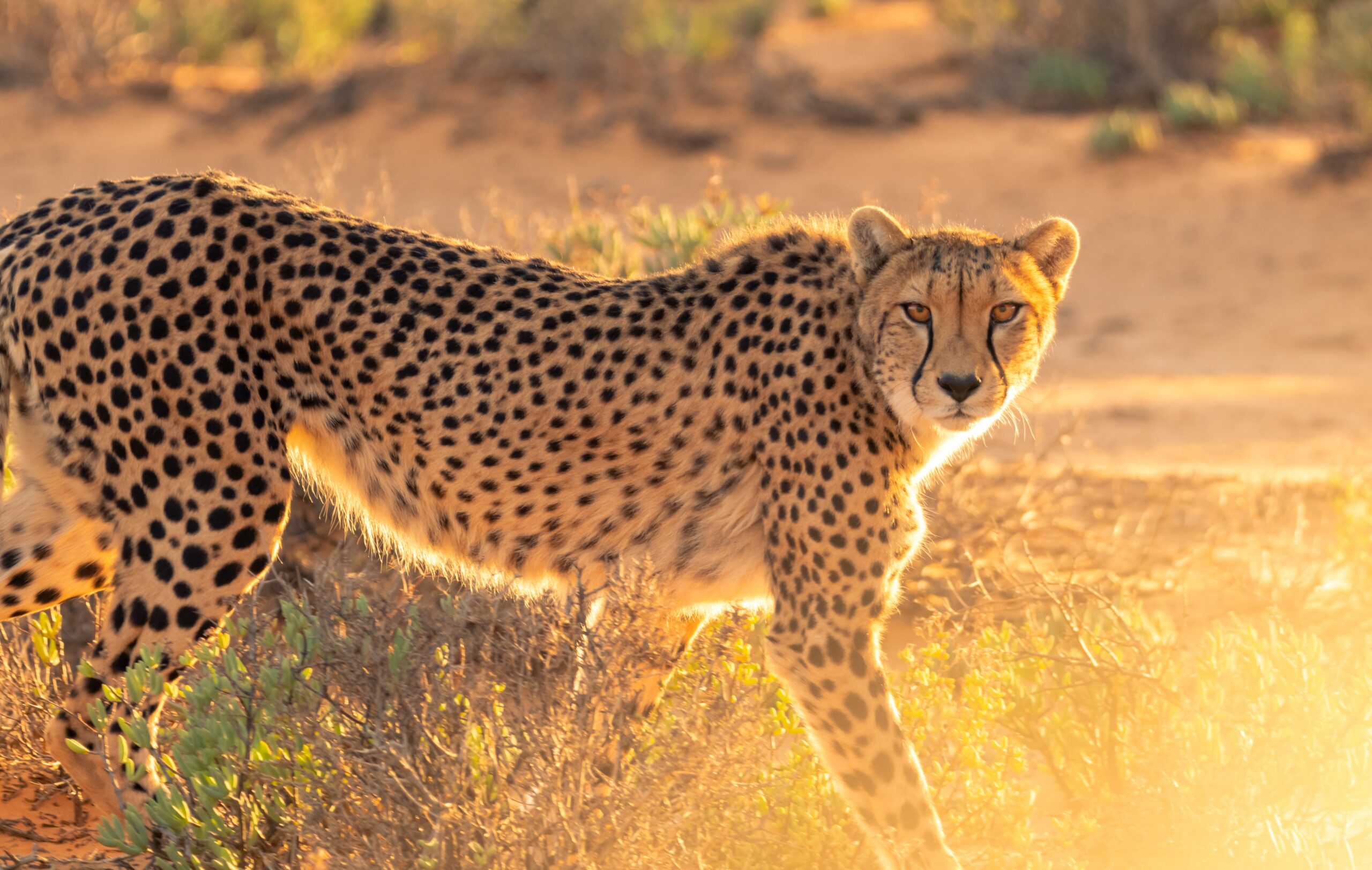For centuries, the realm of foreign policy has been dominated by humans, with treaties signed, wars waged, and alliances forged solely through the machinations of homo sapiens. However, a closer look reveals a fascinating and often overlooked element in this complex dance – the role of animals in diplomacy.
Perhaps the most visible form of animal diplomacy is the exchange of animals as gifts between nations. Giant pandas, the iconic symbols of China, have been used for decades to foster goodwill and strengthen ties. Similarly, elephants from Thailand have been gifted to countries like Sri Lanka, solidifying cultural bonds and promoting conservation efforts. While concerns about animal welfare have rightly tempered this practice, the symbolic power of these gifts remains undeniable.
India’s Animal Diplomacy
India has also embraced the power of animal diplomacy, often drawing upon its rich biodiversity and cultural reverence for various species. The majestic Asian elephant, a national symbol, has been gifted to numerous countries over the decades, strengthening ties with nations like the United States, Japan, Russia, and France. Recently, India embarked on a groundbreaking wildlife translocation project, reintroducing the extinct cheetah to its native grasslands after nearly 70 years. This bold initiative, hailed as “Cheetah Diplomacy,” signifies India’s commitment to both conservation and fostering international partnerships through shared environmental goals. Additionally, India is considering proposals to share other iconic species like the gaur with Sri Lanka, further demonstrating its commitment to using animal diplomacy as a tool for both environmental and international goodwill. As India continues to navigate the complex world of international relations, its unique tapestry of animal life promises to remain a fascinating and potent element in its diplomatic endeavors.
Animals then clearly play a more nuanced role than mere diplomatic tokens. Researchers are increasingly recognizing the impact of animals on international issues like resource management, biodiversity loss, and even conflict resolution. Migratory birds, for instance, defy national borders, highlighting the need for international cooperation in their conservation. Similarly, the illegal wildlife trade fuels global criminal networks, demanding coordinated international action.
Rethinking the Human-Animal Divide
The emerging field of “animal diplomacy” challenges the traditional anthropocentric view of international relations. Scholars argue that considering animal perspectives and interests can lead to more sustainable and ethical policies. This could involve recognizing the rights of animals in international law, incorporating indigenous knowledge of human-animal relationships into diplomacy, and even considering animals as potential diplomatic actors themselves.
While the potential of animal diplomacy is promising, it faces challenges. Integrating animal voices into international discourse requires a shift in our understanding of power, ethics, and communication. Additionally, concerns about animal exploitation and the potential for misuse of animal diplomacy remain valid.
However, the growing recognition of animals’ role in the global ecosystem and the increasing public concern for animal welfare suggest that animal diplomacy is not a fad but a necessary evolution in how we navigate the complexities of our interconnected world. By recognizing the agency and interests of animals, we can create a more inclusive and sustainable future, not just for ourselves, but for all beings who share this planet.
So, the next time you hear about a panda or a cheetah on a diplomatic mission, remember that it’s not just about cute photos and goodwill. It’s a glimpse into a future where international relations may take a more compassionate and holistic approach, one that recognizes the interconnectedness of all living beings.

